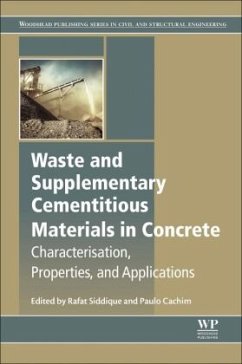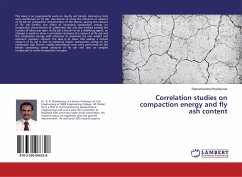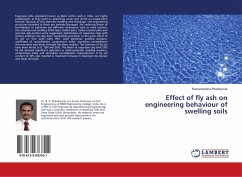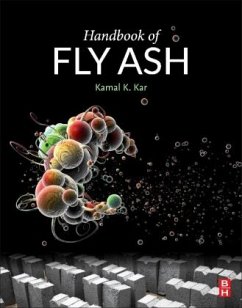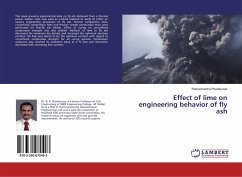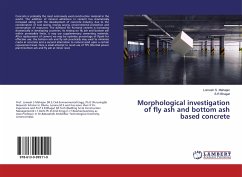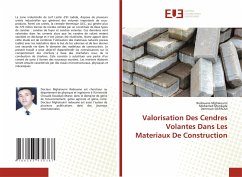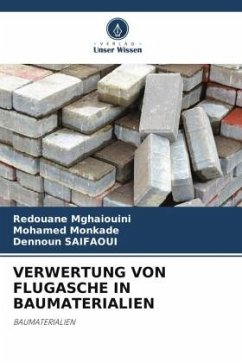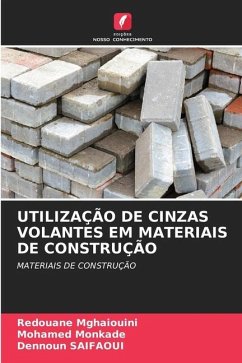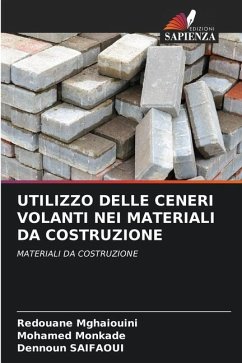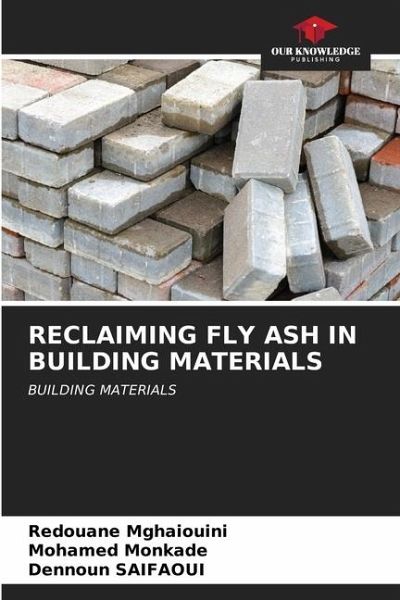
RECLAIMING FLY ASH IN BUILDING MATERIALS
BUILDING MATERIALS
Versandkostenfrei!
Versandfertig in 6-10 Tagen
29,99 €
inkl. MwSt.

PAYBACK Punkte
15 °P sammeln!
The Jorf Lasfar industrial zone in El Jadida is home to several industrial units that generate large volumes of by-products. These include the JLEC thermal power plant, which generates over 770,000 tonnes of solid residues per year, comprising two types of ash: hearth ash and fly ash. The latter is used in cement production, whereas fly ash remains in landfill and has never been reused. Our contribution in this study is to combine the use of natural porous materials (sand) with bottom ash with the aim of valorizing them and giving them a second life in the building materials sector. The aim of...
The Jorf Lasfar industrial zone in El Jadida is home to several industrial units that generate large volumes of by-products. These include the JLEC thermal power plant, which generates over 770,000 tonnes of solid residues per year, comprising two types of ash: hearth ash and fly ash. The latter is used in cement production, whereas fly ash remains in landfill and has never been reused. Our contribution in this study is to combine the use of natural porous materials (sand) with bottom ash with the aim of valorizing them and giving them a second life in the building materials sector. The aim of the present work is to gain a better understanding of the behavior of mortars based on bottom ash from coal combustion. This involves substituting part of a cement to form new mortars. The mortars produced will then be characterized by microstructural, physical and mechanical tests.



